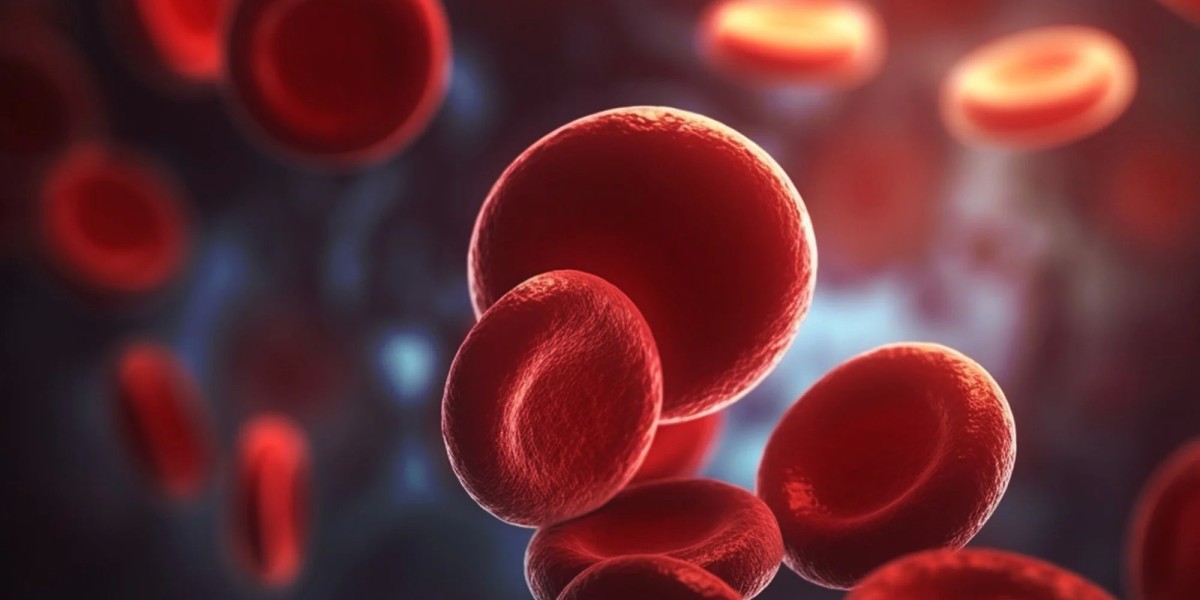Introduction to Hyperemia:
Hyperemia, derived from the Greek words "hyper," meaning excessive, and "haima," meaning blood, refers to an increased blood flow to a specific area of the body. Injury, inflammation, exercise, and thermal factors are just a few of the stimuli that can cause this physiological response, which occurs in various tissues and organs. Understanding hyperemia is crucial in medical contexts, as it plays a significant role in diagnosis, treatment, and overall health management. In this comprehensive guide, we delve into the mechanisms, types, causes, symptoms, diagnosis, and treatment of hyperemia.
Mechanisms of Hyperemia:
Hyperemia can occur through two primary mechanisms: active and passive. Active hyperemia happens when arterioles get bigger because of things going on in the local metabolism or neural stimulation. This allows more blood to flow to a certain organ or tissue. With passive hyperemia, on the other hand, venous outflow from a tissue is blocked. This lets blood build up in the capillary beds, making the affected area swell up.
Types of Hyperemia:
Hyperemia can be classified into acute and chronic types. Acute hyperemia typically occurs in response to acute inflammation or increased metabolic demand, resulting in a transient increase in blood flow. Chronic hyperemia, on the other hand, may develop as a result of prolonged tissue irritation or pathological conditions, leading to persistent congestion and vascular remodeling.
Causes of Hyperemia: Several factors can trigger hyperemia, including:
- Inflammation: Inflammatory mediators such as histamine and prostaglandins can cause vasodilation and increased blood flow to the affected area.
- Exercise: Physical activity increases metabolic demand, leading to vasodilation and increased blood flow to muscles.
- Thermal factors: Exposure to heat can cause vasodilation and hyperemia in the skin to dissipate excess heat.
- Injury: Trauma or injury to tissues can trigger an inflammatory response, resulting in hyperemia as part of the healing process.
Symptoms of Hyperemia:
The symptoms of hyperemia depend on the underlying cause and the affected area. Common symptoms may include redness (erythema), warmth, swelling (edema), and pain at the site of hyperemia. In chronic cases, symptoms may be more subtle but can include tissue congestion, fatigue, and impaired organ function.
Diagnosis of Hyperemia:
Diagnosing hyperemia involves a comprehensive medical evaluation, including a detailed patient history, physical examination, and possibly imaging studies such as ultrasound, CT scan, or MRI to assess blood flow and tissue perfusion. Laboratory tests may also be conducted to identify underlying inflammatory or pathological conditions.
Treatment of Hyperemia:
Treatment strategies for hyperemia aim to address the underlying cause and alleviate symptoms. Depending on the severity and chronicity of hyperemia, interventions may include:
- Rest and elevation of the affected area to reduce venous congestion.
- Cold compresses or ice packs to constrict blood vessels and reduce inflammation.
- Anti-inflammatory medications, such as nonsteroidal anti-inflammatory drugs (NSAIDs), are used to alleviate pain and inflammation.
- Physical therapy or rehabilitation exercises to improve circulation and tissue healing.
- Surgical interventions may be necessary in cases of severe vascular obstruction or underlying pathology contributing to hyperemia.
In conclusion:
Hyperemia is a physiological response characterized by increased blood flow to a specific tissue or organ. Understanding the mechanisms, types, causes, symptoms, diagnosis, and treatment of hyperemia is essential for healthcare professionals to effectively manage this condition and optimize patient outcomes. By addressing the underlying factors contributing to hyperemia, healthcare providers can help alleviate symptoms and promote healing and tissue recovery.



